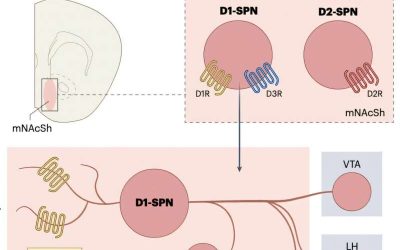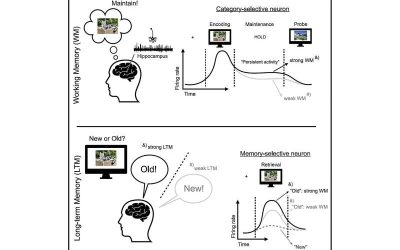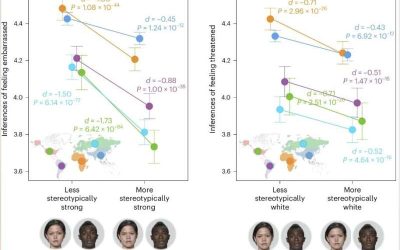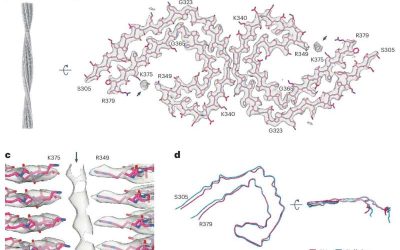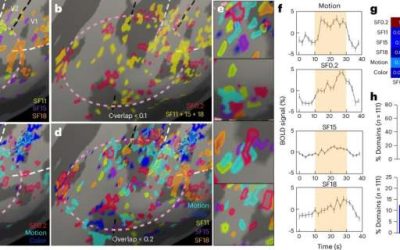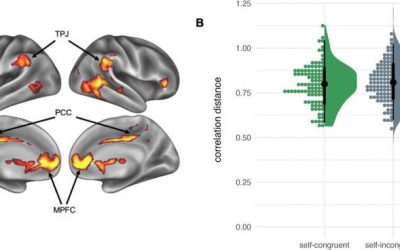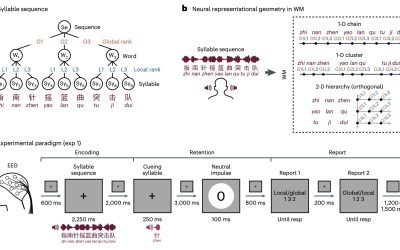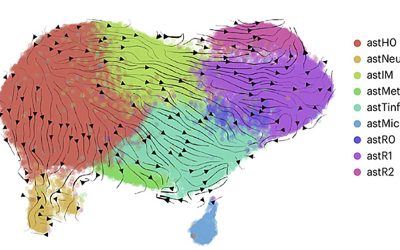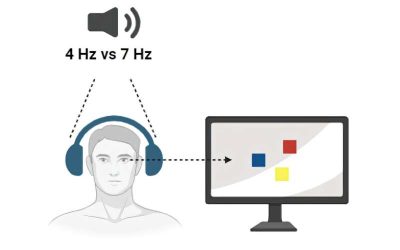Dopamine is a key neurotransmitter known to modulate motivation and reinforcement learning. While the role of dopamine in these reward-related processes is well-established, the cellular and neural circuit-level mechanisms underpinning its involvement in these...
MEDICALXPRESS
Single-neuron mechanism may bridge gap between working memory and long-term memory
The human working memory (WM) is the cognitive system responsible for the temporary storage and processing of information vital to task completion. In contrast, human long-term memory (LTM) is the system that holds information for prolonged periods of time, organizing...
Snap judgments: How first impressions of faces shape inferences of mental states
When we first meet another person, we typically form an initial impression of them based on their facial features and appearance. These first impressions of others could potentially influence our subsequent cognitive processes, such as what mental states we believe...
Study explores association between Tau filaments and extracellular vesicles in Alzheimer’s disease
Alzheimer's disease (AD) is a debilitating neurodegenerative disorder associated with a progressive decline in memory and mental abilities, which can significantly hinder people's ability to complete daily tasks. Past studies found that patients diagnosed with AD, as...
Precise map of primate foveolar cortex uncovers intricacies of brain’s visual system
Humans and other primates are innately able to perceive fine details, vibrant colors and focus their attention on specific elements of what they are seeing at a given time. This ability is supported by the foveola, a tiny section of the retina that is densely packed...
Self-esteem influences self-related representations in others’ brains: Observing ‘self-recapitulation’ through MRIs
Different people have distinct and subjective perceptions of their personal worth, broadly referred to as "self-esteem." For decades, neuroscientists and psychologists have tried to pinpoint the neural basis of self-esteem and the neural processes associated with...
Study shows that 2D neural geometry underlies hierarchical organization of sequences in human working memory
The human brain can store salient information, such as numbers, instructions or other details that are important for completing a task, for brief periods of time, via a cognitive system known as working memory (WM). This system is known to be constructive in nature,...
Detailed mapping shows how astrocytes change throughout the progression of Alzheimer’s disease
Astrocytes are star-shaped glial cells in the central nervous system that support neuronal function, maintain the blood-brain barrier, and contribute to brain repair and homeostasis. The evolution of these cells throughout the progression of Alzheimer's disease (AD)...
Sensory stimulation enhances the capacity of human visual working memory, study finds
To complete tasks that require storing relevant visual details for short periods of time, such as solving a puzzle, reading or comparing different objects, humans leverage their so-called visual working memory. This is a cognitive system that allows people to store...
Quality of parent-child relationships predicts adulthood well-being, 21-country finds
The link between early life experiences and mental health has been widely explored by psychology researchers. One key aspect of human early life experiences is the relationship that people develop with their parental figures, which is at the center of attachment...

